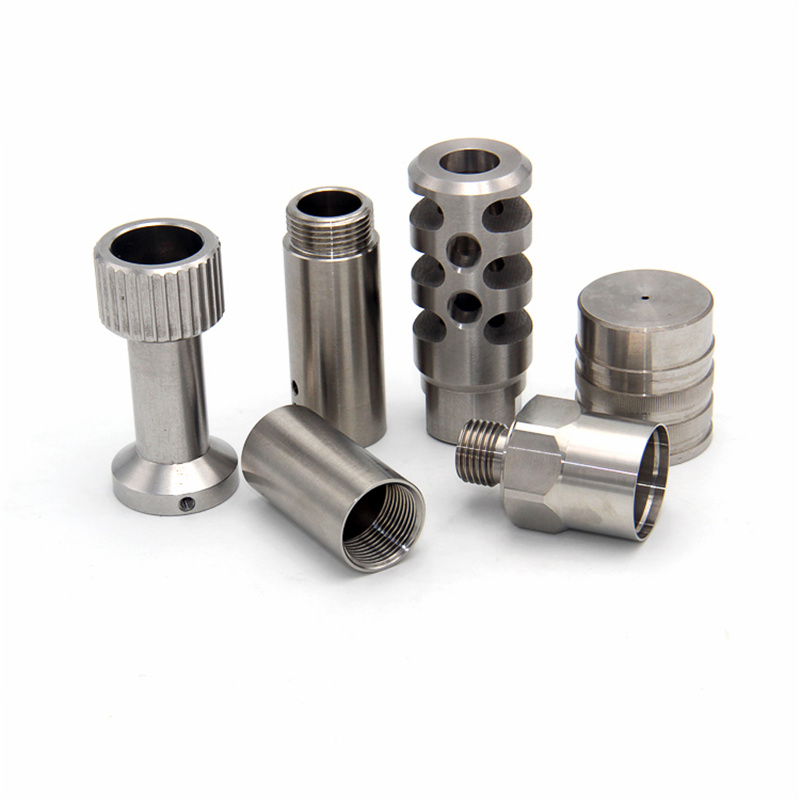Message
CNC machining (Computer Numerical Control) is a method of using computer-controlled CNC machine tools for machining, widely used in parts manufacturing in various industries. It controls the machine tool to cut along a specified path through a pre written machining program, thereby achieving machining of the workpiece. Next, we will introduce the process flow of CNC machining.

Firstly, design and develop processing technology
Before conducting CNC machining, it is necessary to first design the product and develop the machining process. Designers use CAD (Computer Aided Design) software to design products based on their requirements and functions. Then, the process engineer formulates the machining process based on the shape, material, and processing requirements of the product, including selecting appropriate cutting tools, cutting parameters, cutting paths, etc.
Secondly, write processing programs
The machining program is the core of CNC machining, which includes information such as the action instructions, cutting parameters, and cutting paths of the machine tool. Writing machining programs requires the use of CAM (Computer Aided Manufacturing) software to convert product design files into machining programs. When writing machining programs, it is necessary to consider factors such as the cutting performance of materials and the rationality of processes to ensure the efficiency and quality of the machining process.
Then, perform machine tool clamping and tool clamping
Before performing CNC machining, it is necessary to clamp the workpiece onto the machine tool and select the appropriate cutting tool for cutting. Machine tool clamping is the process of fixing a workpiece onto a machine tool, which requires consideration of the shape, size, and processing requirements of the workpiece. Tool clamping is the process of installing a tool on a machine tool, which requires selecting the appropriate tool type and specification, as well as the correct installation method. The accuracy and stability of machine tool clamping and tool clamping have a significant impact on machining accuracy and efficiency, therefore careful adjustment and inspection are necessary.
Next, proceed with the machining operation
After the machine tool clamping and tool clamping are completed, CNC machining operations can begin. The operator inputs the prepared machining program into the CNC machine tool controller, and then through the controller's instructions, the machine tool cuts according to the path and speed specified in the program. During the machining process, operators need to monitor the machining status, adjust cutting parameters and tools in a timely manner to ensure machining quality and efficiency.
Finally, perform machining inspection and repair
After completing CNC machining, it is necessary to inspect and repair the machined parts. Inspection can be carried out through measuring tools and equipment to detect size, shape, and surface roughness, in order to verify whether the processed parts meet the requirements. Trimming is the process of trimming, grinding, or polishing a workpiece to eliminate potential machining defects, improve the accuracy and surface quality of the workpiece.
In summary, the CNC machining process includes designing and formulating machining processes, writing machining programs, clamping machine tools and cutting tools, machining operations, as well as machining inspection and repair. Accurate operation and strict control are required at each stage to ensure the efficiency of the machining process and the quality of the processed parts.









